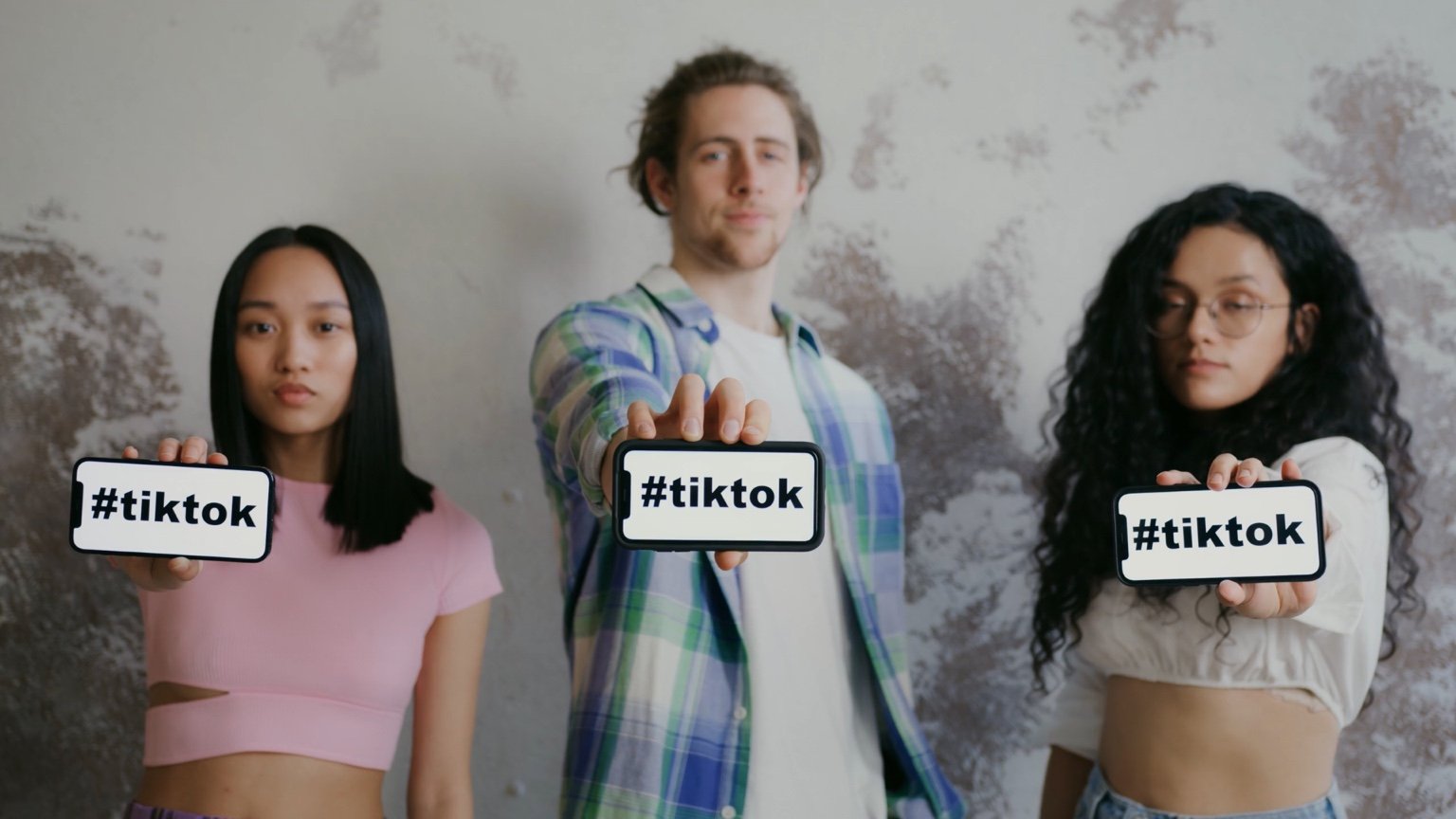What is “Social Identity Theory”?

Hello everyone.
Today, I would like to explain in an easy-to-understand manner about “Social Identity Theory'” and how this idea is utilized in modern marketing.

Hello.
I am very interested in the fact that social identity theory is not just a field of psychology, but has a wide range of effects on our lives and even corporate branding.
Thank you very much for your support.
The Basics and Background of the Theory

First, let’s talk about the origins of the theory.
Social identity theory was proposed by social psychologists Tajfel and Turner in the 1970s.
They focused on how relationships with groups play a major role in how individuals define themselves.
For example, they studied how the various groups we interact with in our daily lives, such as school, work, and even hobby groups, influence our self-evaluation and behavioral patterns.

I see.
In other words, we do not exist as individuals on our own, but rather the group we belong to and the role we play within that group greatly influences how we perceive ourselves.

That’s right.
Research shows that when you are positively evaluated within your group, your overall self-esteem and self-esteem increase, leading to a sense of security and confidence.
On the other hand, the psychological processes that highlight the differences between one’s own group and other groups can also cause differentiation and sometimes conflict between in-groups and out-groups.
Experiments and Concrete Examples


If you deepen I understanding through concrete experiments and examples, I will likely gain a greater sense of understanding.
For example, what kind of experiments show the validity of this theory?

A representative experiment is the “minimum group experiment” conducted by Tajfel himself.
In this experiment, despite dividing into groups based on few criteria, participants tended to evaluate their own group more favorably and to show competitiveness and prejudice toward outside groups.
This result shows that even when groups are separated by chance or meaningless criteria, a strong sense of belonging to the in-group can be formed.

When I listen to the results of experiments, it becomes clear that the group I belong to and how I am treated within that group influences even the smallest decisions and actions I take on a daily basis.
For example, groups exist in various forms these days, such as hobby circles and online forums.

You’re right.
Furthermore, this theory emphasizes that an individual’s identity is not solely biological, but is formed through interactions with those around him or her.
Therefore, the fact that self-affirmation and self-evaluation vary greatly depending on external recognition and feedback from the group is an extremely important perspective not only in daily life but also in marketing strategies.
The Application of the Theory in Marketing


Could you please tell us more about how this theory is used from a marketing perspective?

In order to deepen relationships with consumers, companies believe that it is necessary to share not only the functionality and design of products, but also the "story" and “values” of the brand.
According to social identity theory, the experience and community provided by a brand plays a huge role, as people feel a sense of unity and solidarity with the group they belong to, which acts as a factor that increases self-esteem.

Specifically, how are these experiences and communities formed?
For example, brand events and online campaigns…

Well, that’s true.
For example, sports brands put the theme of “an active and healthy lifestyle” front and center and regularly hold events for their fans.
At these events, participants naturally interact with each other and foster a sense of camaraderie by sharing the same values and goals.
Social media campaigns also give users the opportunity to share their experiences and stories, helping brand fans reaffirm their identity and develop a stronger sense of belonging.

What’s really interesting is that such a strategy creates a deep emotional connection between the brand and the consumer that goes beyond the mere act of purchasing a product.
In fact, it gives consumers a sense of belonging to a ‘family’, which may increase brand loyalty as a result.

That’s exactly right.
Additionally, companies are using this psychological effect to expand into new markets and revitalize existing customers.
For example, when a product is relaunched, marketing messages that evoke a sense of nostalgia and belonging can be sent to long-time fans, giving them a sense of belonging again.
These efforts not only improve long-term profits, but also have a significant effect on maintaining corporate culture and brand image.
Online Communities and the Digital Age


We live in an era where digital is essential.
The existence of SNS and online communities has significantly changed the traditional concept of groups.
How are online interactions connected to social identity theory?

Online communities function as places where people with common values and hobbies can come together, regardless of geographic limitations.
Campaigns centered around hashtags and online events around a specific theme give participants a sense of “being part of the group” and have the effect of strengthening a sense of in-group.
Online word-of-mouth and reviews can also be understood within the framework of this theory.
People reaffirm their self-esteem through recognition and praise within their online communities, which in turn deepens their trust and attachment to brands.

As a result, companies are being forced to develop more and more mechanisms to increase user engagement online.
When users share their experiences on SNS, they naturally form a brand community, which in turn creates a diffusion effect.

Yes.
Modern marketing emphasizes “co-creative marketing”, in which users are not just receivers, but also participate in creating brand stories and disseminating information.
These participatory mechanisms help consumers feel voluntarily part of the brand, contributing to the creation of a long-term support base.
Critical Perspectives and Countermeasures


Of course, too strong an in-group consciousness can lead to prejudice and conflict toward out-groups.
When it comes to marketing, strategies that are too biased towards just a few fans can be a risk.

You’re right.
While social identity theory strengthens cohesion within a group, it can also sometimes have an exclusive aspect.
Companies are trying to reach a broader range of customers by making their brands less insular, and instead promoting diversity and inclusion at the same time.
For example, a brand is attempting to create an environment where consumers from different backgrounds can relate to the brand by developing an advertising campaign that incorporates new values in addition to its traditional core fan base.

If this happens, it will not only create unity among fans, but also dialogue between consumers with diverse values, and a healthy brand community will be formed.

That’s right.
Looking at critical aspects is also an important perspective in actual marketing strategy.
When companies apply social identity theory, they are required to find a balance that not only strengthens their in-group, but also alleviates comparisons and conflicts with others.
Conclusion


Today, I was able to learn about the history and psychological mechanisms of social identity theory, as well as its application to modern marketing, from multiple perspectives.
In particular, I felt that the experimental results showed how people’s sense of belonging to a group and how changes in modern society, including the online world, are reflected in corporate strategies, which was very suggestive.

Yes.
The stories and experiences a brand provides, as well as the two-way communication with consumers, are important elements that create a relationship of trust that goes beyond simply selling a product.
Going forward, companies will continue to be required to evolve their strategies to meet the psychological needs of consumers.
We hope that today’s content will help you reflect on your own lives and purchasing behavior, and think about “which group do you belong to and how do you express yourself?'”

I also learned a lot from the perspective that the key to future marketing will be a mechanism that allows fans and new customers to interact with each other under the same brand.
We hope to continue learning about new cases and the latest trends together.

Thank you for watching until the end.
I would like to continue creating opportunities to deepen my knowledge with everyone.
We hope to see you again next time.
This article uses material from the Wikipedia article “Social identity theory” which is released under the Creative Commons Attribution-Share-Alike License 4.0.
Standing Portrait: Mana Kanaka

